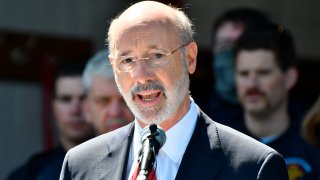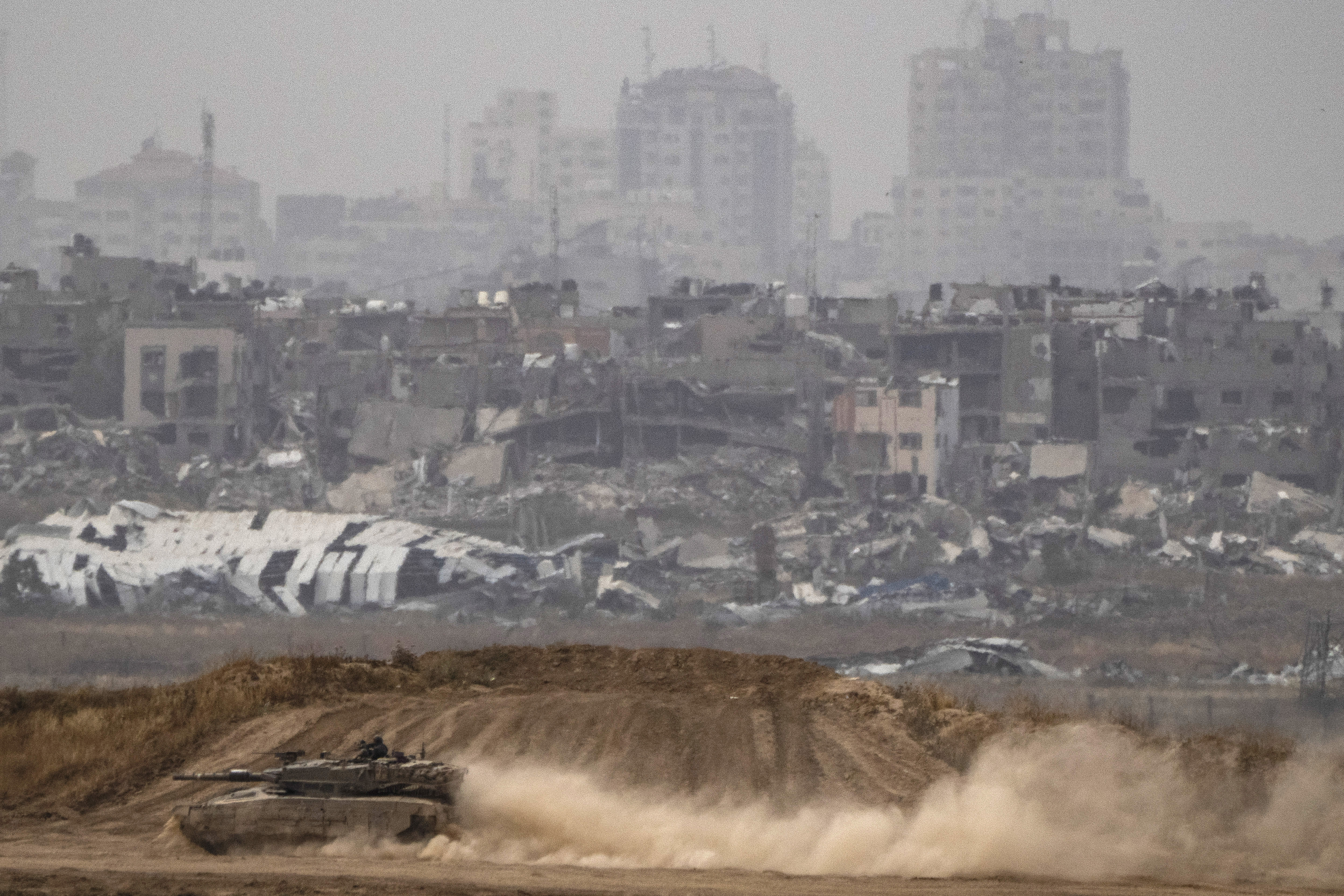
Gov. Tom Wolf hit the road Wednesday to begin selling his proposal for what would be the largest-ever increase in aid for Pennsylvania's public schools, several times over, as school officials digested the news and Republicans who control the Legislature warned that it will never happen.
The money — just over $1.5 billion in new dollars for instruction and operations — is almost a quarter of what the state sends now under a public school funding system that critics say has left the poorest public schools, including ones with large minority student bodies, underfunded for decades.
Wolf took his case to teachers and district officials in a news conference at Erie's Pfeiffer-Burleigh Elementary School, while education groups said they hoped that lawmakers would at least approve close to what the Democrat requested in his budget proposal Tuesday.
That said, school boards and superintendents know Wolf has made big requests before that the Republican-controlled Legislature has turned down, in favor of a smaller sum.
Get Philly local news, weather forecasts, sports and entertainment stories to your inbox. Sign up for NBC Philadelphia newsletters.
“We understand that this is always a starting point and typically something less is approved than what the governor asks for,” said Mark DiRocco, executive director of the Pennsylvania Association of School Administrators. “The last few years it was significantly less than what he asked for, and this year we’re hoping it will be closer to what he asked for.”
Giving them hope is the state government's cash cushion.
Mired since the recession in stubborn deficits, Pennsylvania is now projected to have more than $9 billion in surplus cash by July 1, largely thanks to federal pandemic aid covering Medicaid costs and federal subsidies juicing the economy.
U.S. & World
Stories that affect your life across the U.S. and around the world.
Under Wolf's plan, districts that would see the biggest increases include cities with growing poverty, and growing — and sometimes affluent — suburbs where changing demographics are not fully recognized by how the state funds schools.
For instance, York Suburban, Wyomissing Area, Conestoga Area and Quaker Valley are among the top 10 districts in proportional increase, at 46% to 63%. That top 10 also includes the relatively poor cities of Allentown, Scranton, Wilkes-Barre and Pottstown.
Meanwhile, 20 districts — primarily cities with among the state's lowest average household incomes — would get $800 million of the $1.55 billion proposed by Wolf, or more than half.
The state's biggest school district, Philadelphia, would get $381 million, trailed by Allentown at $67 million, Reading at $64 million, York at $34 million, Erie at $28 million and Scranton at $24 million.
Senate President Pro Tempore Jake Corman, R-Centre, sought to tamp down expectations for the money, and said school districts should understand not to budget based on the governor's proposal.
“People have a tendency, what the governor proposes, to start budgeting off that,” Corman said at a Capitol news conference Tuesday. “They should not. It won't be anywhere remotely close to that, but it will be one that does meet the needs and again does not mortgage the future at the same time.”
Republicans say Wolf’s school-funding proposal is so big not even he would sign it, and the state’s surplus masks a long-term deficit that will reemerge quickly if Wolf’s plan is approved.
Last year, Wolf sought $1.3 billion more. He settled for $300 million, still a substantial increase relative to other years.
DiRocco said the $1.55 billion is far overdue, and a fraction of the billions in costs that have forced up local property tax rates.
Over the last decade, the cost of special education, charter schools and pensions grew by $6.5 billion, while the amount of new state aid was just $2.8 billion, according to a new report by groups representing superintendents, business managers and rural and small school districts.
In Pennsylvania, which puts a higher proportion of school costs on local taxpayers than most other states, those costs hit hardest in the poorest districts.
Stephen Rodriguez, superintendent of one of the poorer districts, Pottstown School District, said 52% of public school students are in underfunded districts, representing 85% of all minority students.
Pennsylvania's “broken” system of school funding means his district must put students on the “skinny plan of education,” Rodriguez said.
The district loses countless teachers he trains to wealthier districts that pay more. It has scaled back nearly every educational program, running an advanced-placement course only when it has enough applicants to assign a teacher, not when students request it, Rodriguez said.
It does not have nearly enough specialists to help bring students up to grade-level learning, Rodriguez said.
“Our community has been paying for a huge share of what the state should have been paying and they are still paying and they're going to continue to pay until the state lives up to its obligations,” Rodriguez said.



